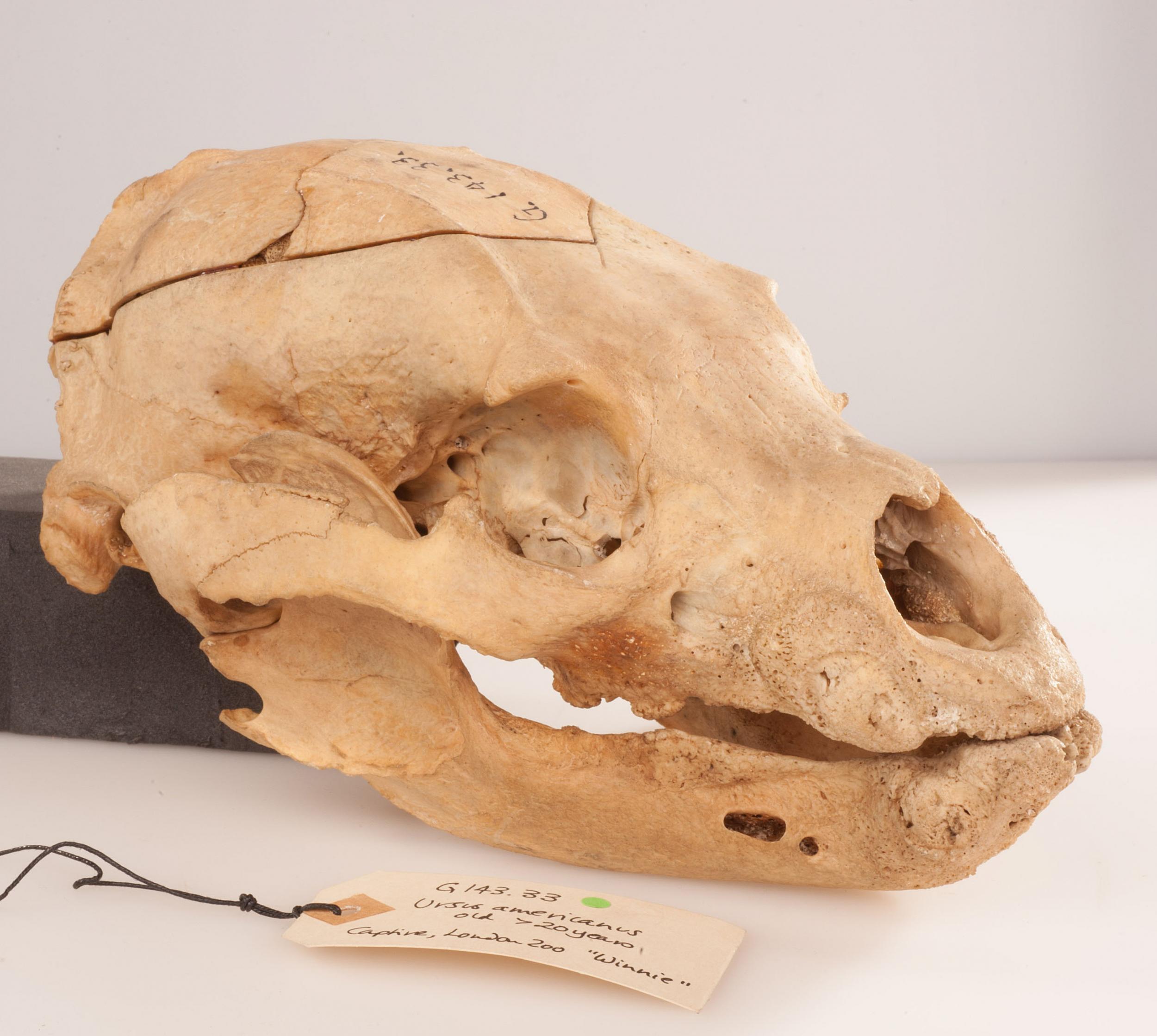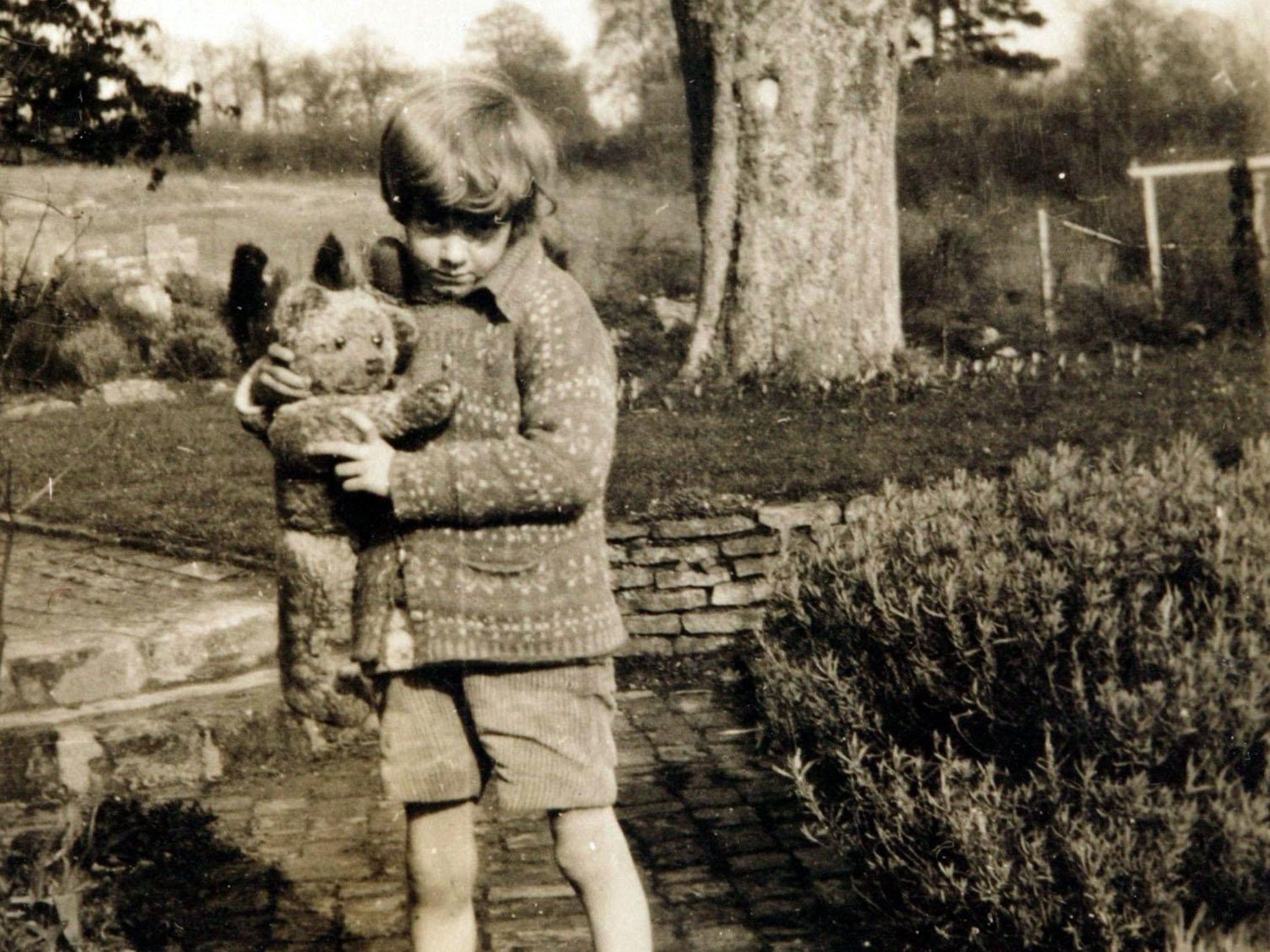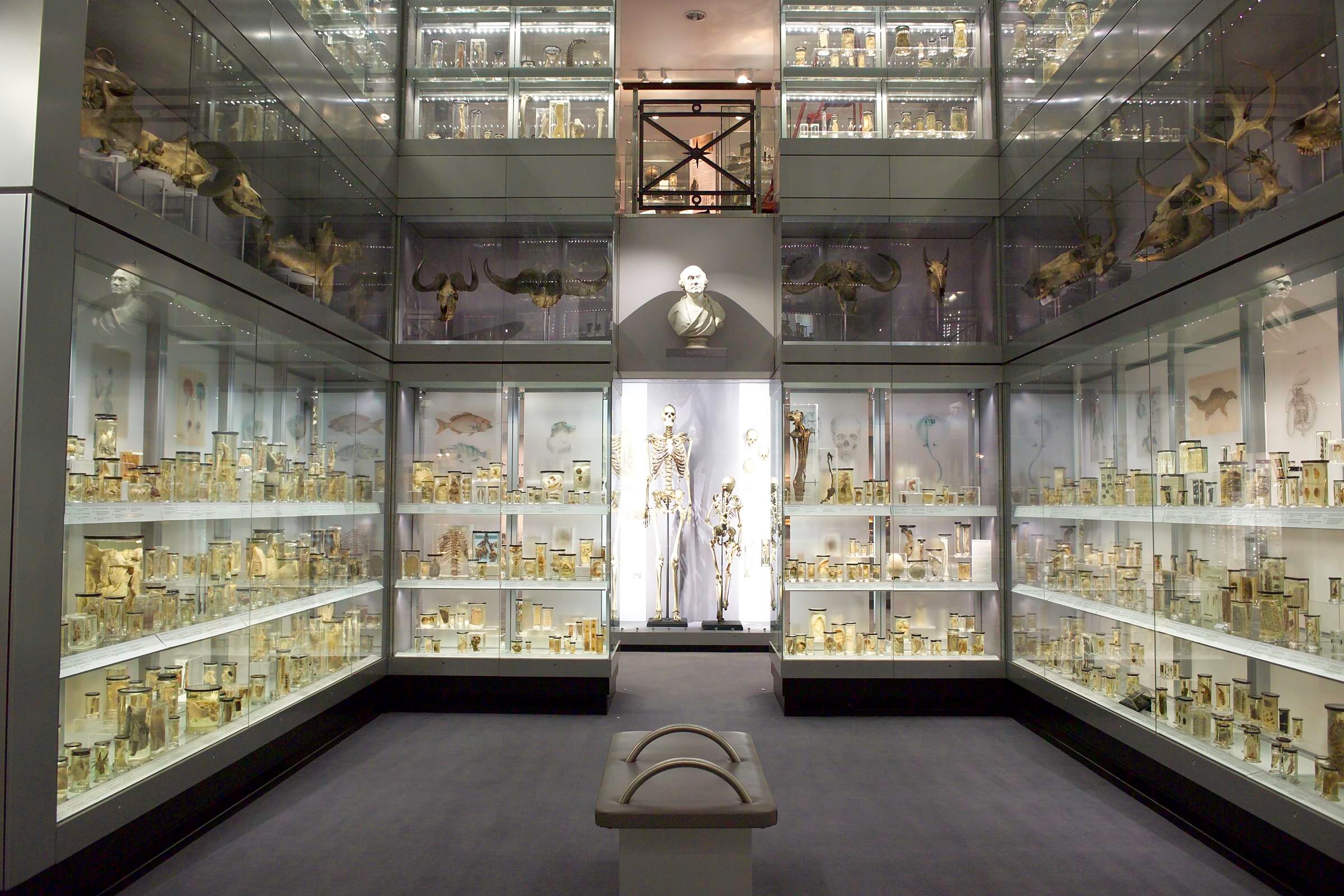Skull of bear that inspired Winnie the Pooh on display for first time in London
The Canadian black bear lost many teeth in old age from years of children feeding her honey

Your support helps us to tell the story
From reproductive rights to climate change to Big Tech, The Independent is on the ground when the story is developing. Whether it's investigating the financials of Elon Musk's pro-Trump PAC or producing our latest documentary, 'The A Word', which shines a light on the American women fighting for reproductive rights, we know how important it is to parse out the facts from the messaging.
At such a critical moment in US history, we need reporters on the ground. Your donation allows us to keep sending journalists to speak to both sides of the story.
The Independent is trusted by Americans across the entire political spectrum. And unlike many other quality news outlets, we choose not to lock Americans out of our reporting and analysis with paywalls. We believe quality journalism should be available to everyone, paid for by those who can afford it.
Your support makes all the difference.The skull of the bear that inspired AA Milne to write Winnie the Pooh has gone on public display for the first time.
The cuddly fictional bear was named after a Canadian black bear called Winnie that son Christopher Robin enjoyed visiting and feeding honey in London Zoo during the Twenties.
Winnie died in 1934 but her skull was preserved by the Royal College of Surgeons and is now being exhibited in its Hunterian Museum in London. So many children fed her sweet treats that she lost many teeth in old age.
Interest in Winnie has been high for decades, with Winnie the Pooh rated as the favourite children’s book of the past 150 years last year. Christopher Robin’s original stuffed teddy Winnie-the-Pooh is on show in new York along with his other toys.

Dr Sam Alberti, director of museums and archives at the Royal College of Surgeons, said the team carefully considered whether displaying the skull would be a good idea because Winnie is no longer “a cuddly fluffy bear”.
“We thought really hard about bringing her out on display because this isn’t Winnie the Pooh, a cuddly fluffy bear wandering around,” he told the BBC. “This is a skull. But it’s why the skull is here that is the take-home story for us.
“The skull is here alongside the skulls of many other animals. We took a lot of animals who died in London Zoo to understand their anatomy, the science behind these animals.”

He continued: “The story for us is a happy one, we have this research collection to understand how animals behave and the diseases they’re subject to.
“I think Winnie the Pooh would have been very curious to learn that the bear that had inspired him ended up here.”
Join our commenting forum
Join thought-provoking conversations, follow other Independent readers and see their replies
Comments